Regulatory Framework Enhancements
The construction aggregate market in Germany is currently influenced by evolving regulatory frameworks aimed at promoting sustainable construction practices. Recent legislation emphasizes the need for environmentally friendly materials, which has led to increased demand for recycled aggregates. In 2025, the market is projected to see a shift, with recycled materials potentially accounting for up to 30% of total aggregate consumption. This regulatory push not only encourages innovation in material sourcing but also aligns with Germany's broader environmental goals, thereby driving growth in the construction aggregate market. Furthermore, compliance with these regulations may necessitate investments in new technologies and processes, further stimulating market activity.
Infrastructure Investment Initiatives
Germany's commitment to enhancing its infrastructure is a pivotal driver for the construction aggregate market. The government has earmarked substantial funds for infrastructure projects, including roads, bridges, and public transport systems. In 2025, it is estimated that infrastructure spending could reach €50 billion, significantly boosting demand for aggregates. This investment is expected to create a ripple effect, stimulating related sectors and increasing the overall consumption of construction materials. As these projects progress, the construction aggregate market is likely to experience heightened activity, with suppliers and manufacturers adapting to meet the rising demand for various aggregate types.
Population Growth and Urban Expansion
The market in Germany is experiencing a surge due to ongoing population growth and urban expansion. As urban areas continue to develop, the demand for housing and commercial spaces increases, necessitating a higher volume of construction aggregates. Projections indicate that by 2025, urban populations in major cities may rise by 10%, further intensifying the need for aggregates. This trend not only drives the construction aggregate market but also encourages the development of new extraction sites and the optimization of existing resources. Consequently, stakeholders in the market must remain agile to adapt to these demographic shifts.
Rising Demand for Sustainable Materials
The market is increasingly driven by a rising demand for sustainable materials. As environmental awareness grows among consumers and businesses, there is a notable shift towards using eco-friendly aggregates, including recycled and locally sourced materials. In 2025, it is projected that the market for sustainable aggregates could expand by 15%, reflecting a broader trend towards sustainability in construction practices. This shift not only influences purchasing decisions but also encourages manufacturers to innovate and diversify their product offerings. Consequently, the construction aggregate market is likely to evolve, with sustainability becoming a core component of competitive strategy.
Technological Innovations in Extraction
Technological advancements in extraction and processing methods are reshaping the construction aggregate market in Germany. Innovations such as automated machinery and advanced sorting technologies enhance efficiency and reduce waste during aggregate production. In 2025, it is anticipated that these technologies could improve production rates by up to 20%, thereby lowering costs and increasing supply. As companies adopt these innovations, they may gain a competitive edge, leading to a more dynamic market landscape. This technological evolution not only supports the growth of the construction aggregate market but also aligns with sustainability goals by minimizing environmental impact.


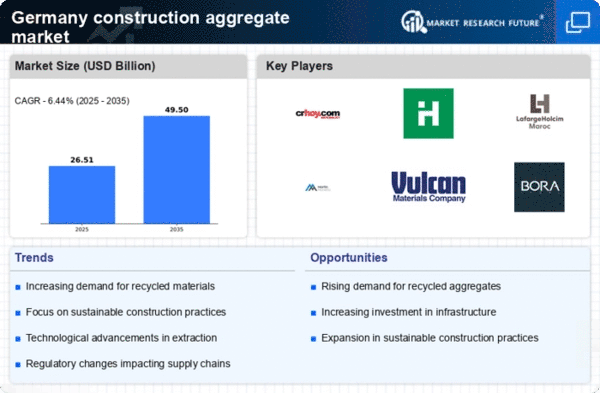
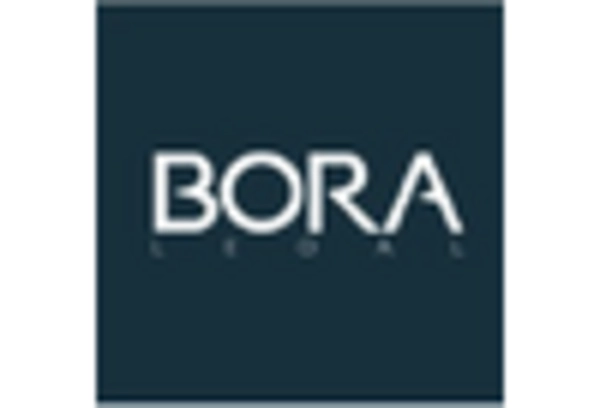
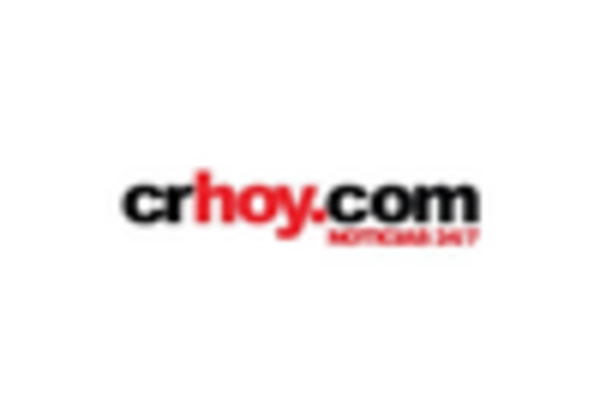
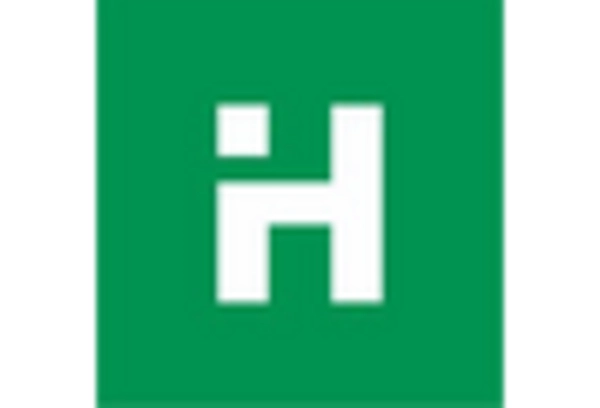
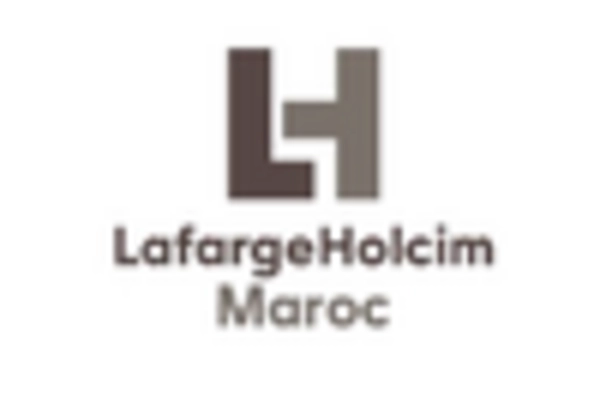
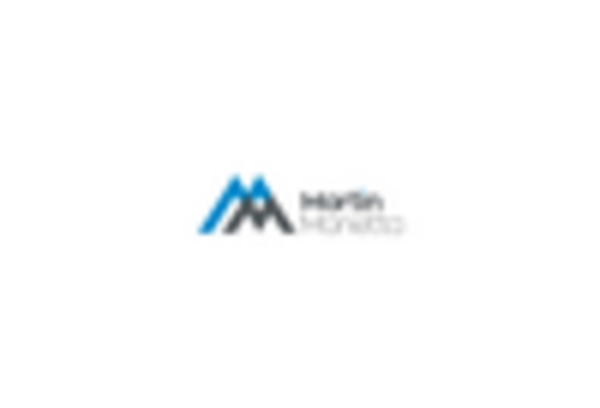
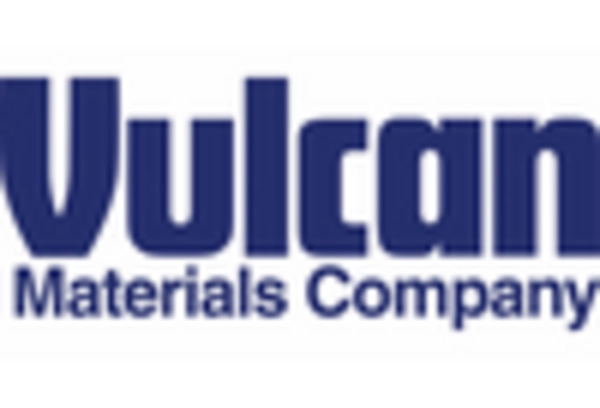








Leave a Comment